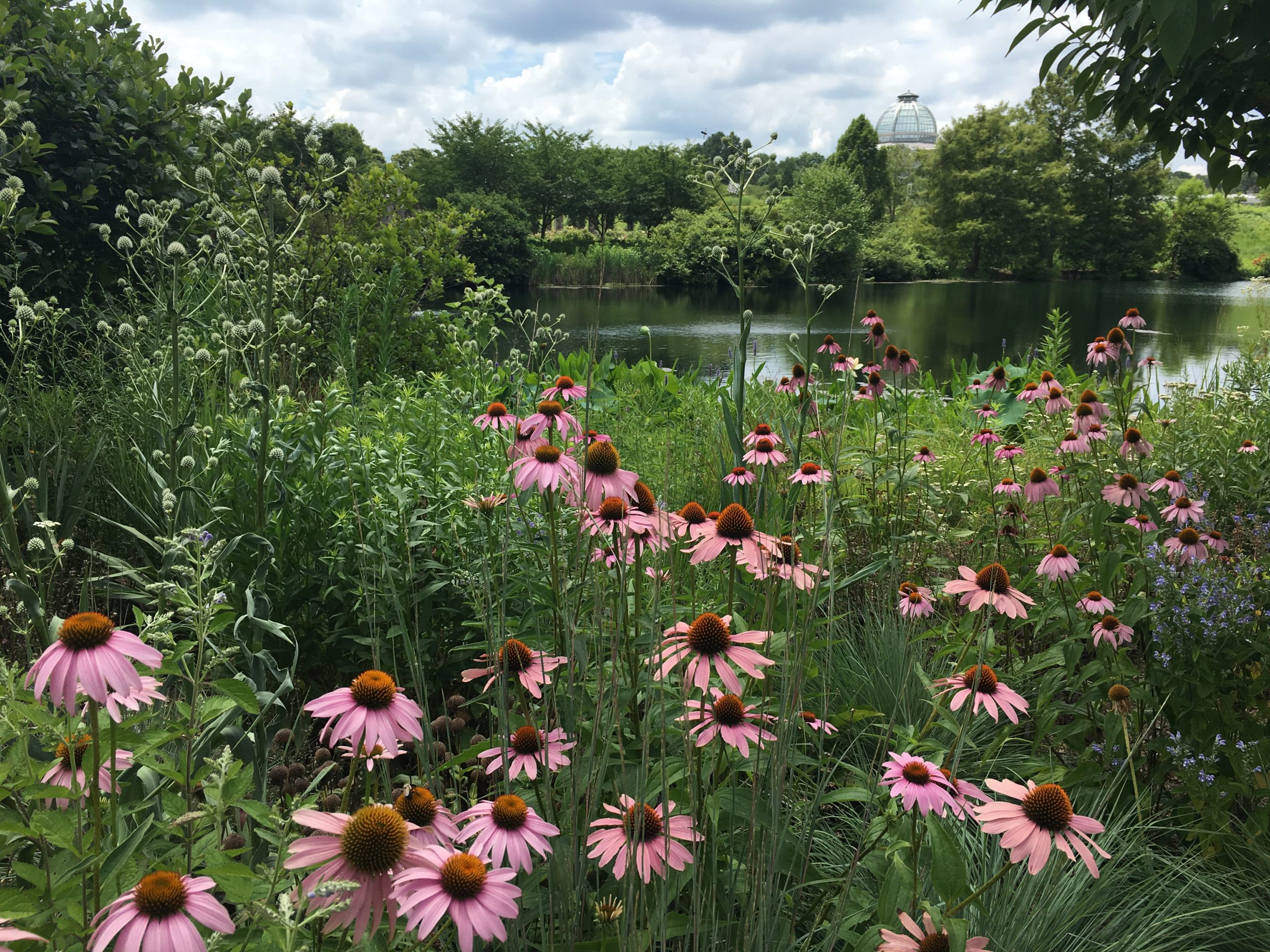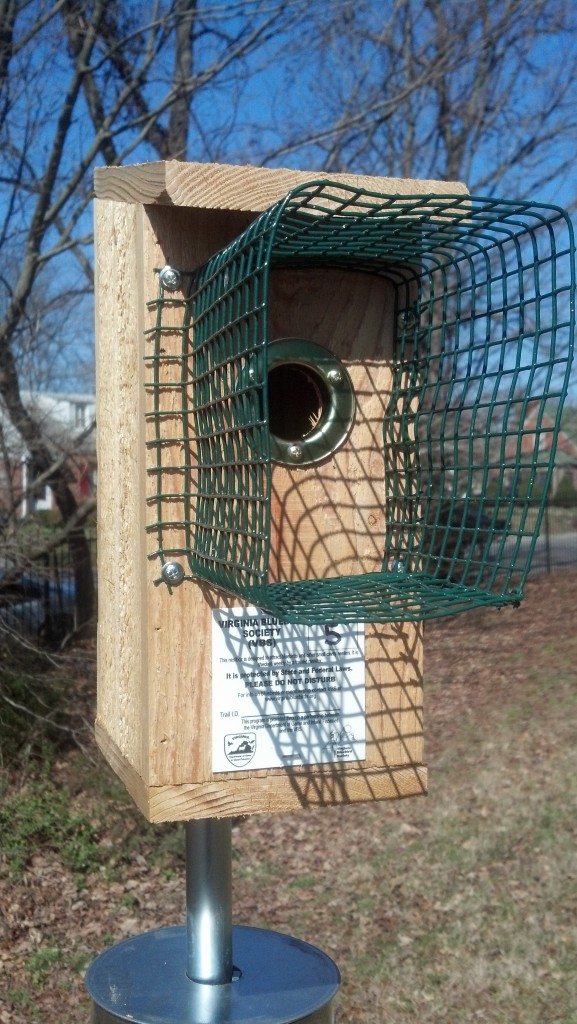Feed the Birds with Native Plants
Whether you enjoy bird watching or you like to feed the birds, native plants are a great way to attract them to your yard!
Should We Use Bird Feeders?
So you may be wondering, are bird feeders a good idea? Like many things in life, it depends on the circumstances. When we feed birds and other wildlife, we often create more problems for them than we solve. For example, bird feeders can create ideal conditions for the transmission of infectious diseases (like mycoplasmal conjunctivitis and trichomoniasis) due to crowded conditions. However, feeding birds can be especially important during late winter and early spring when food shortages are likely. Ice or snowstorms like the ones we’ve had recently are prime examples of times when local birds need extra help. Several studies have documented an increase in overwinter survival as a result of bird feeders.
Most times of the year, bird feeders are not necessary if birds have access to diverse woody perennial species (PDF). Native plants are particularly important for local birds since they provide seeds, nectar and fruits as direct food sources and also attract insects and arachnids that are vital components of avian diets. Non-native plants don’t usually attract the same numbers of insects upon which native birds depend. So, while bird feeders can be helpful, it’s best to create landscapes that provide bird habitat, also called birdscaping.
What are the Best Native Plants to Feed Birds?
This depends on where you live and what kind of birds you hope to attract. Enter in your zip code using the Audubon Society’s Native Plants Database to learn the best species to support birds in your area. For each plant, bird species that it might attract are listed. Another useful tool for determining which natives to plant is the National Wildlife Federation’s Native Plant Finder. When you enter your zip code, you will be given a list of native plants ranked according to the number of butterfly and moth species’ caterpillars that they can host. The more caterpillars you have, the more birds you will have, too!

Native plants along Sydnor Lake benefit the entire food web, but birds especially enjoy eating seedheads in the winter.
Looking for Examples?
While the Garden is full of native plants, we recommend looking at the following native plant landscapes as sources of inspiration:
- Morton Native Plant Garden — Outside the Lora M. Robins Library, what once was simply turf is now filled with “the most beautiful, disease-resistant and interesting native plants” that Lewis Ginter horticulture staff could find. This archetype of sustainable horticulture provides valuable ecosystem services and habitat for native insects. Here, the planting of spicebush (Lindera benzoin), a critical host plant for the swallowtail butterfly caterpillars, is just one example of how the Garden is supporting local pollinators (and birds, who eat caterpillars and other insect larvae).
- Sydnor Lake Waters Edge — We planted approximately 1,800 native plants between the edge of Syndor Lake and the Children’s Garden to diversify the pollinator habitat and improve water quality — not only locally but further downstream in the Chesapeake Bay watershed. Sideoats grass (Bouteloua curtipenula), little bluestem (Schizachyrium scoparium) and prairie dropseed (Sporobolus heterolepis) are just a few examples of native plants that provide critical overwintering shelter for birds and insects along Sydnor Lake.
You also might want to check out the Virginia Department of Wildlife Resources’ resources on Habitat for Wildlife.
Bird Feeding Tips
There are pros and cons to bird feeders, and the best strategy to help our local bird populations is to continue to plant native species. If you do choose to feed birds using feeders, the following are best practices:
- Concentrate feeding efforts during late winter and early spring.
- Use different seeds in different feeders and locate feeders at varying levels depending upon the species that you are trying to attract. This has several benefits: 1) it decreases interactions between birds and lower rates of disease transmission; 2) it is less messy than seed mixtures and less likely to attract unwanted animal species and 3) low-quality seed mixtures are like junk food for birds, which impacts the survival of offspring.
- Clean feeders with 10% non-chlorinated bleach solution at least 3-4 times a year to prevent the buildup of dangerous bacteria.
- Squirrel-proof feeders by planting them at least 6 feet off the ground and 10 feet away from trees (PDF).
- To avoid window collisions, place feeders either within 3 feet of windows or more than 30 feet away.
The Virginia Department of Wildlife Resources’ article on Bird Feeding Basics (PDF) has more information related to safe bird feeding practices, such as which seeds and feeder designs to use.

